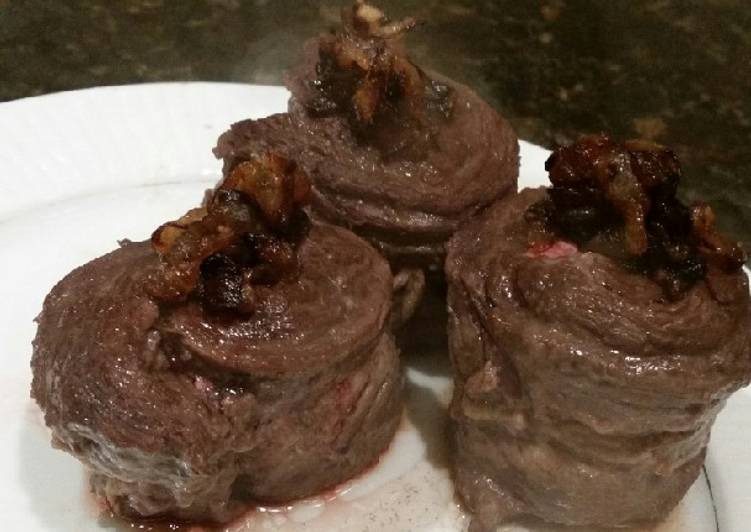
Hello everybody, it’s Jim, welcome to my recipe site. Today, we’re going to make a special dish, fermented seasonal vegetables 🌱. One of my favorites food recipes. For mine, I’m gonna make it a little bit tasty. This will be really delicious.
Fermented seasonal Vegetables 🌱 is one of the most favored of current trending meals on earth. It is enjoyed by millions every day. It’s simple, it is fast, it tastes delicious. They are nice and they look fantastic. Fermented seasonal Vegetables 🌱 is something which I have loved my whole life.
Fermented vegetables begin with lacto-fermentation, a method of food preservation that also enhances the nutrient content of the food. The action of the bacteria makes the minerals in cultured foods more readily available to the body. The bacteria also produce vitamins and. First thing I thought was "wait, there's milk in this?" Um, no.
To get started with this particular recipe, we must prepare a few ingredients. You can have fermented seasonal vegetables 🌱 using 6 ingredients and 5 steps. Here is how you cook it.
The ingredients needed to make Fermented seasonal Vegetables 🌱:
- Prepare 1 clean jar
- Take Filtered water (I use a charcoal stick to filter)
- Prepare A selection of seasonal veg
- Take Seasalt flakes (see below)
- Take A selection of hard herbs and/or spices - I used mustard seeds in this one
- Prepare Ginger and/or garlic and/or chilli
Learn about ingredients, tools, starter culture, tips to succeed. With the other veggies you can freely improvise. Fermented vegetable products have common characteristics of high acidity and low pH that usually make them safe and microbiologically stable all along their shelf life. However, survival of certain acid-resistant pathogenic bacteria can occur when they are not properly processed or handled.
Instructions to make Fermented seasonal Vegetables 🌱:
- Clean the jar well. I used soapy water and popped it in the oven like you would when making pickles.
- Wash the veggies and chop to desired size.
- Using an electronic scale, place on your jar and return to zero. Fill the jar with your veg and spices. Using a jug of water, cover the veg to the top until they are fully submerged. Record weight total.
- Tip the water back into the jug. Do the maths to work our 2.5% of the recorded weight total. Add this quantity of salt to the water and stir until dissolved. Tip (now salty) water back until the jar until the veggies are submerged.
- You need to weight the veggies down so that they stay under the water. You can do this with a fermenting stone, a water bag or as I used a saucer with water poured on top. Secure the lid lightly without using the seal as it may explode. You can seal when it goes in the fridge. Leave to ferment for up to 7 days. Expect to see bubbles and life as you would sourdough. Store on a plate (see my sourdough 🤣)
Fermented vegetable products have common characteristics of high acidity and low pH that usually make them safe and microbiologically stable all along their shelf life. However, survival of certain acid-resistant pathogenic bacteria can occur when they are not properly processed or handled. Fermented foods are potent detoxifiers and contain higher levels of probiotics than probiotic supplements, making them ideal for optimizing your Many folks really enjoy the taste of fermented vegetables, which really have a pleasantly salty-tart flavor. Fermented foods and drinks contain beneficial probiotics that can help improve digestion, immunity, and even weight loss. Not only does fermentation help enhance food preservation, but eating fermented foods can also boost the number of beneficial bacteria, or probiotics, found in your gut.
So that is going to wrap this up for this special food fermented seasonal vegetables 🌱 recipe. Thanks so much for your time. I am sure you can make this at home. There’s gonna be interesting food in home recipes coming up. Don’t forget to save this page in your browser, and share it to your loved ones, colleague and friends. Thank you for reading. Go on get cooking!



